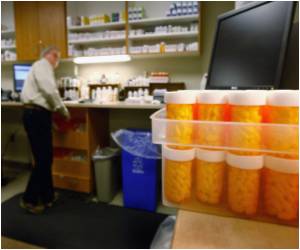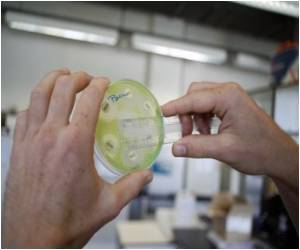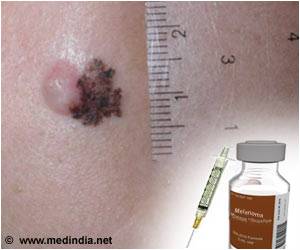Engineers at the Duke University biomedical engineers have developed a new delivery system that overcomes the shortcomings of a promising class of peptide drugs – very small proteins.

There are more than 40 peptide drugs approved for use in humans and more than 650 are being tested in clinical studies. One example is the hormone insulin, a peptide that regulates the metabolism of carbohydrates in the body and is used as a drug to treat diabetes.
Despite their effectiveness, peptide drugs cannot achieve their full potential for a number of reasons. They are rapidly degraded in the blood stream and they are cleared rapidly from the body, which requires multiple, frequent injections. Because of this, peptide concentrations in the blood can rise precipitously just after injection and fall dramatically soon thereafter, causing unwanted side effects for patients.
One popular method to solve this problem involves loading peptide drugs into polymer microspheres that are injected under the skin and slowly degrade to release the peptide drug. Microsphere-release technology has proven useful, but has many issues related to its manufacture and ease of patient use, the researchers said.
"We wanted to know if we could create a system that does what the polymer microspheres do, but gets rid of the microspheres and is more patient-friendly," said Ashutosh Chilkoti, Theo Pilkington professor of biomedical engineering in Duke's Pratt School of Engineering.
The new approach involves making a "fusion protein" that consists of multiple copies of a peptide drug fused to a polymer which is sensitive to body heat. The fusion molecule is a liquid in a syringe but transforms into a "jelly" when injected under the skin. Enzymes in the skin then attack the injected drug depot and liberate copies of the peptide, providing a constant and controllable release of the drug over time.
Advertisement
In the latest experiments, published on-line in the journal Proceedings of the National Academy of Sciences, the researchers fused glucagon-like peptide-1 (GLP-1), a hormone that regulates the release of insulin, with a genetically engineered heat-sensitive polymer to create the POD.
Advertisement
"Additionally, this approach avoids the peaks and valleys of drug concentrations that these patients often experience," Chilkoti said.
Unlike peptide-loaded microspheres, PODs are also easy to manufacture, because the peptide drug and the heat-sensitive polymer are all made of amino acids. They can be built as one long stretch of amino acids by engineered bacteria.
"This new delivery system provides the first entirely genetically encoded alternative to peptide drug encapsulation for sustained delivery of peptide drugs," Chilkoti said.
Source-Eurekalert









